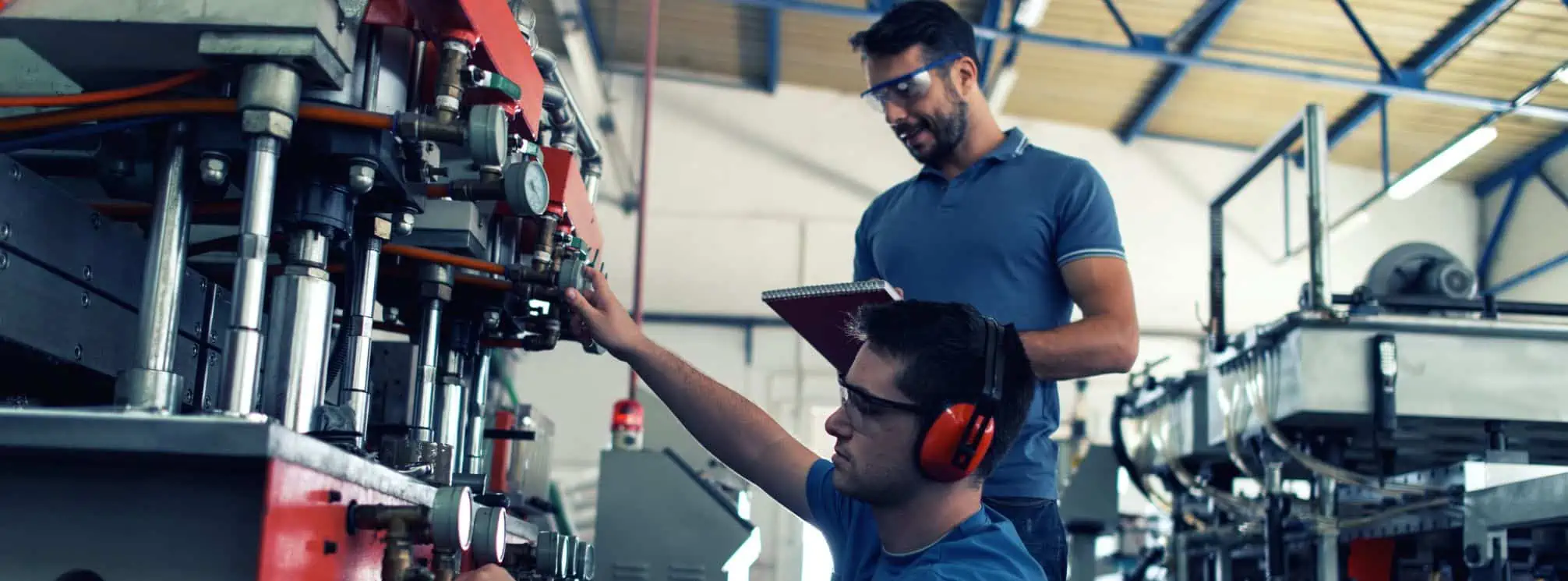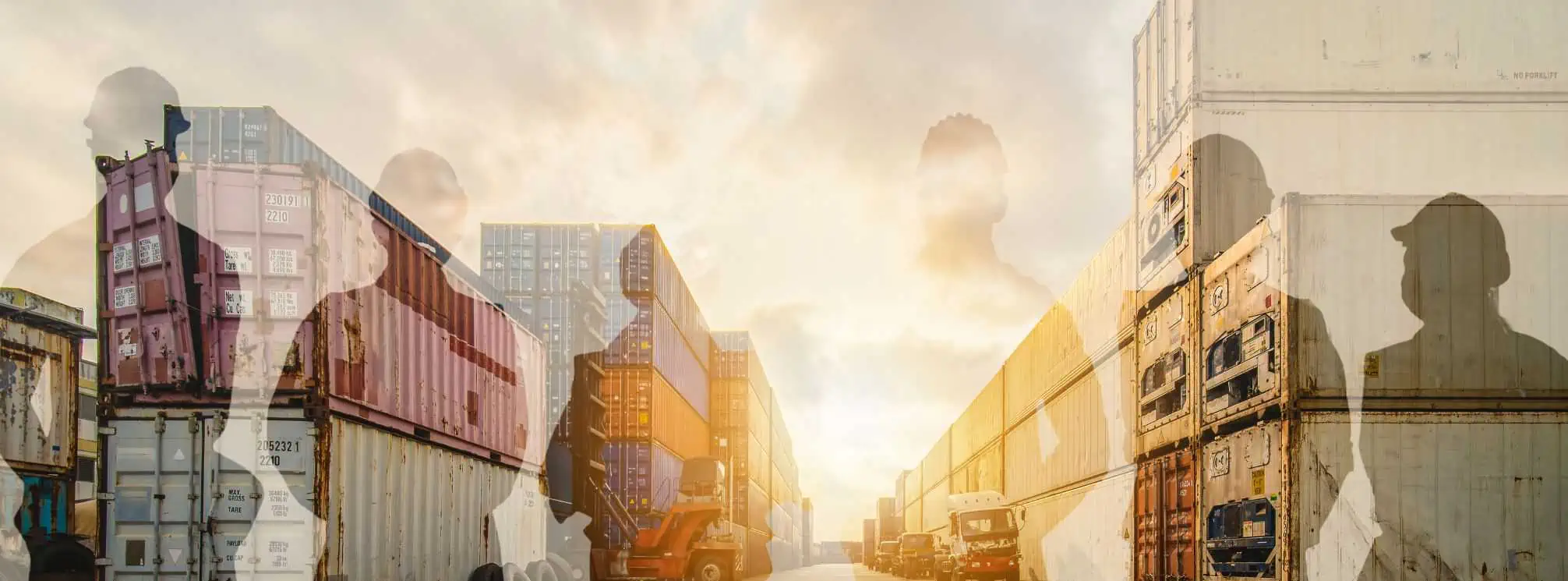The Deskless Workforce: Everything You Need to Know
In today’s dynamic work landscape, the deskless workforce plays a vital role. Deskless workers make up a staggering 80% of the global workforce (Emergence). That is over 2.7 billion people working in jobs that aren’t behind a desk. Despite making up the vast majority of the workforce, deskless workers are often left out of critical conversations about the way we work. As such, companies mainly focus on tools and technology for their office or deskbound workers, ignoring deskless teams. It’s time for a change.
What is the Deskless Workforce?
The deskless workforce is all the employees who do not sit behind a desk or use a computer for work. Their jobs cover a diverse array of roles and responsibilities.
Nearly every industry has deskless workers as a core part of the workforce. This includes:
- Healthcare Workers: The majority of workers in healthcare systems are deskless. From doctors and nurses to non-clinical staff in hospitals and clinics, these employees work on their feet to care for patients.
- Manufacturing Workers: Employees who work in manufacturing plants/facilities as well as line workers are all types of deskless employees in manufacturing.
- Logistics Workers: Truckers, distribution center workers, dock workers, plant supervisors, and many others all make up the logistics deskless workforce. While there are supporting teams in offices in logistics and manufacturing, most workers in these fields are deskless.
- Hospitality Workers: Hospitality is a huge industry driven by workers in the field. Most of these workers are what we would describe as “frontline workers” because they are the face of your company and actually interact with your customers. This includes restaurant staff, casino employees, hotel employees, and retail workers.
- Government and Municipality Workers: While there are many government employees who do sit at a desk for their jobs, many workers within local governments and municipalities work in field positions within the community.
[optin-monster slug=”iiofevav6ujgin1ayfmw” followrules=”true”]
Why Deskless Workers Are Essential
The significance of deskless workers cannot be understated for several compelling reasons:
- Majority of the workforce. Deskless employees represent the majority of the workforce. By implementing scalable solutions that enhance retention, productivity, and performance for this sizable segment, companies can realize substantial returns on investment. Frontline positions tend to have high retention rates, primarily driven by the lack of clear communication channels and necessary tools for success. Prioritizing deskless employees can lead to significant improvements in a company’s bottom line.
- Critical business roles. The operational success of businesses hinges on the crucial roles performed by deskless workers. From delivery drivers to line workers, their contributions are indispensable. Neglecting their needs can have a detrimental impact on overall business performance.
- Skilled and knowledgeable workers. Deskless workers possess valuable skills and knowledge necessary for operational success. Referring to them as “blue-collar workers” or “unskilled laborers” is a misrepresentation that undermines their expertise and contributes to the undervaluation of their contributions.
Challenges Faced By Deskless Employees in the Workplace
The emphasis on deskbound workers, which completely overshadows the frontline, is one of the biggest challenges facing the deskless workforce.
A great example of this was during the COVID-19 pandemic when office workers became remote workers. Nearly everything about that conversation was about the struggles of being a remote worker, which ultimately became the “return to work” conversation. But through all of that, frontline workers who were putting their lives at risk every day were hardly talked about.
This preference for the deskbound worker permeates and impacts many other aspects of a deskless employee’s day-to-day. That includes:
- Limited access to technology. Deskless workers might have access to shared workstation computers or kiosks. They often have signage in a breakroom (but we all know this cannot be the only channel for an employee to receive training and information). But they likely do not have a corporate email address or intranet access. So the two most widely used communication channels do not reach these employees.
- Resource constraints. Because the deskless workforce has less access to technology and, therefore, communication, they also have fewer resources and tools to learn, develop, and do their jobs.
- Inadequate employee benefits. Because of how we treat and think about non-desk workers, we often try to shortchange them. A common issue in restaurants, for example, is not giving these employees enough hours to even qualify for employee benefits.
- Subpar employee experience. All these other factors, as well as the inherent safety risks in many deskless jobs, ladder up to a poor employee experience.
Effective Communication Strategies for the Deskless Workforce
Given the inherent challenges in reaching deskless workers, companies must invest in mobile-first solutions for effective employee communication.
Luckily, there are now more channels available to businesses than ever before. Consider leveraging the following communication channels:
- Employee Apps. A primary communication channel, employee apps provide an interactive platform that supports multimedia content, selective push notifications, and comprehensive analytics for measuring success.
- Texting. Text messages serve as a valuable secondary channel for supplementing employee app communication. They are helpful for sending reminders about important dates or training completion. However, they lack interactivity and support for various file types, limiting them as a standalone internal communication solution.
- Digital Signage. The transition from printed signs to digital signage in break rooms whenever possible. Digital signs offer greater flexibility in sharing up-to-date text-based messages, providing a more engaging secondary channel for the deskless workforce.
- Frontline Managers. Frontline managers play a pivotal role in communicating with deskless workers. By investing in their training and development, companies empower them to be effective communicators and advocates for their teams.
[optin-monster slug=”j7jmczxwn6f1wc2ce6vz” followrules=”true”]
Enhancing the Employee Experience for Deskless Workers
Ultimately, we want to provide a positive employee experience for our deskless teams. This will help with employee retention, employee engagement, and overall worker productivity.
To improve EX for frontline workers prioritize the following:
- Establish direct communication channels. Facilitate direct channels of communication to ensure deskless workers receive timely and relevant information from the source.
- Develop frontline manager communication skills. Invest in training and development programs to equip frontline managers with effective communication skills, enabling them to foster stronger connections with their teams.
- Expand employee benefits for frontline teams. Reevaluate and expand employee benefits to better support the needs of deskless workers, ensuring they receive fair and comprehensive packages.
- Recognize and reward deskless employees. Increase the frequency and regularity of recognition for deskless workers to acknowledge their contributions and boost morale.
[optin-monster slug=”thpswxzwshptupwkh3fl” followrules=”true”]
How theEMPLOYEEapp Empowers Companies to Connect With Deskless Teams
theEMPLOYEEapp was specifically developed to address the challenges faced by companies when communicating and connecting with the deskless workforce. As a comprehensive technology solution, it enables companies to reach employees without corporate email addresses or computer-dependent roles.
With intentionally designed features and functionalities, theEMPLOYEEapp supports the needs of corporate communications teams and deskless employees alike. Additionally, an employee intranet ensures easy accessibility for deskbound office workers, fostering seamless connectivity across the entire workforce.
By optimizing communication and engagement with the deskless workforce, companies can harness the full potential of their diverse teams, driving productivity, satisfaction, and overall success.
[optin-monster slug=”ucyxtz2fxemh6aryl4gg” followrules=”true”]




